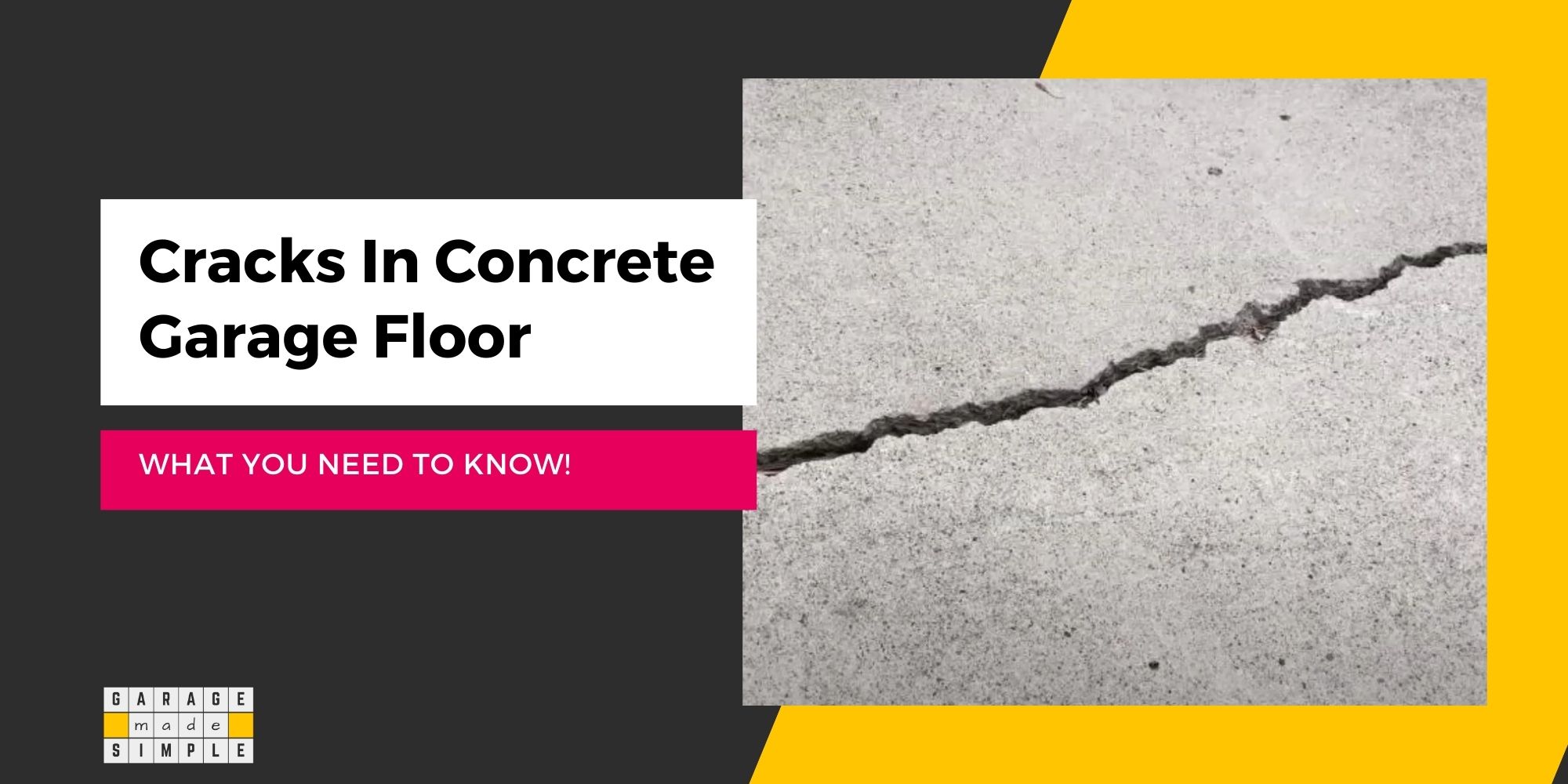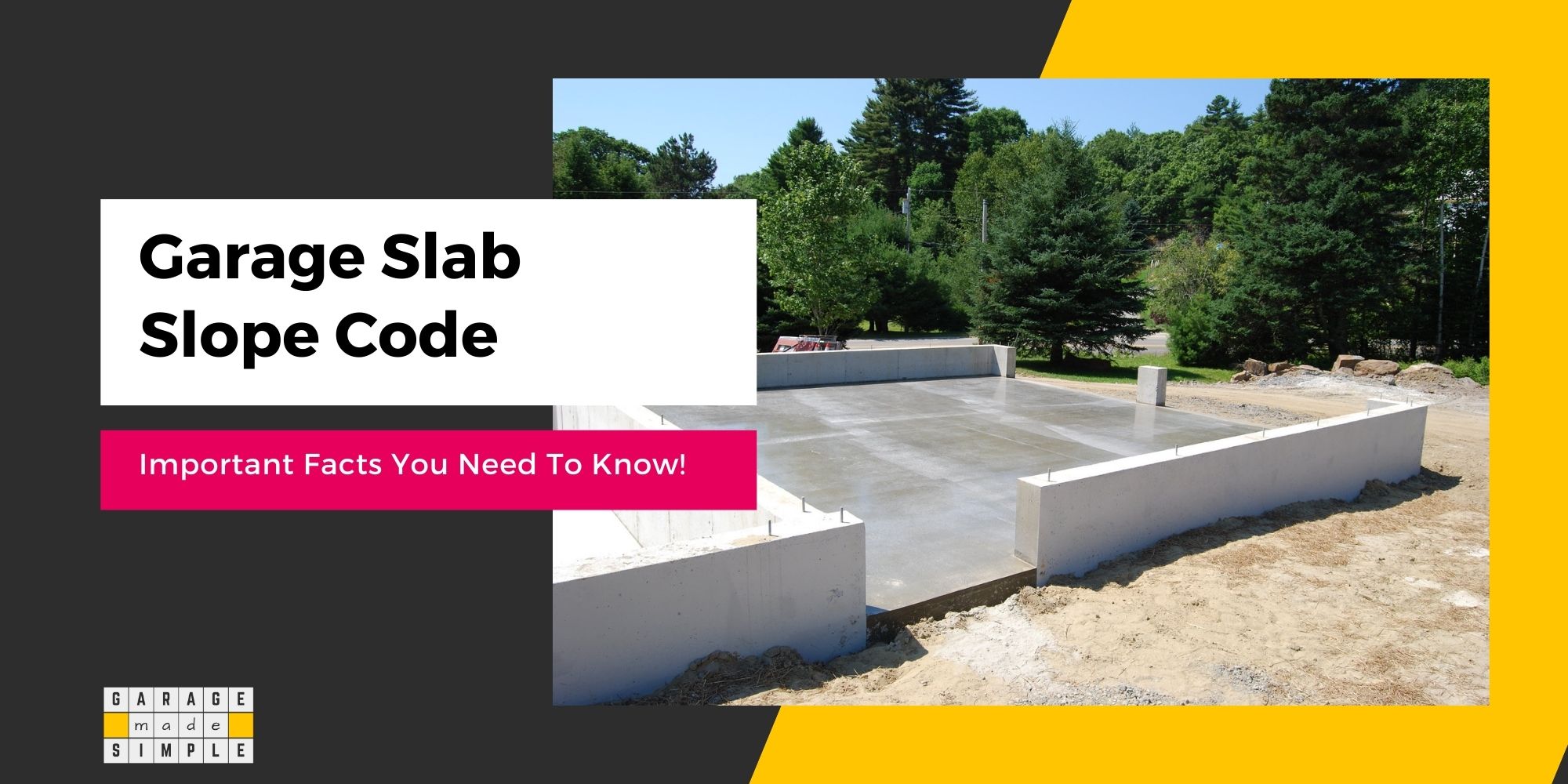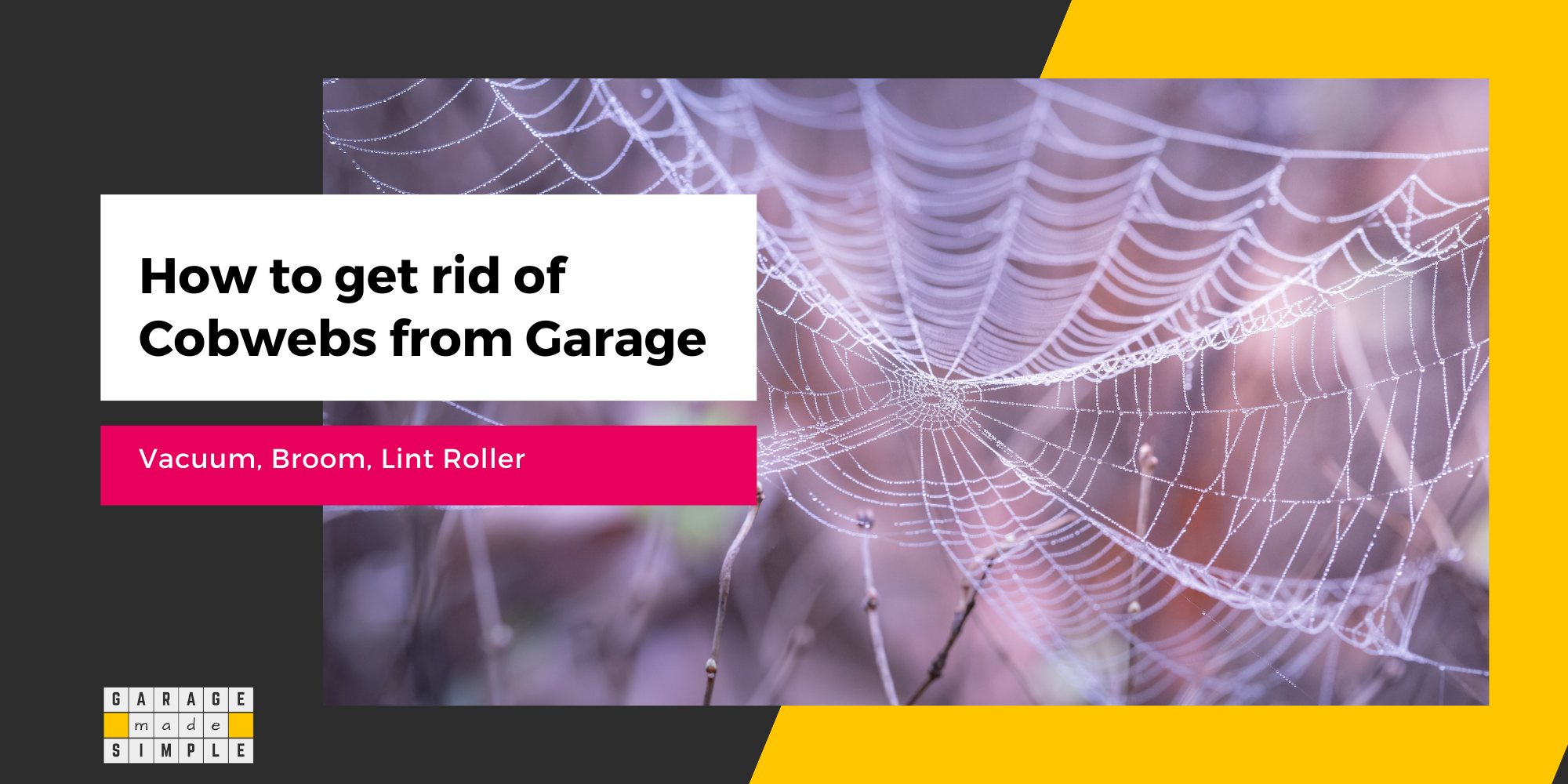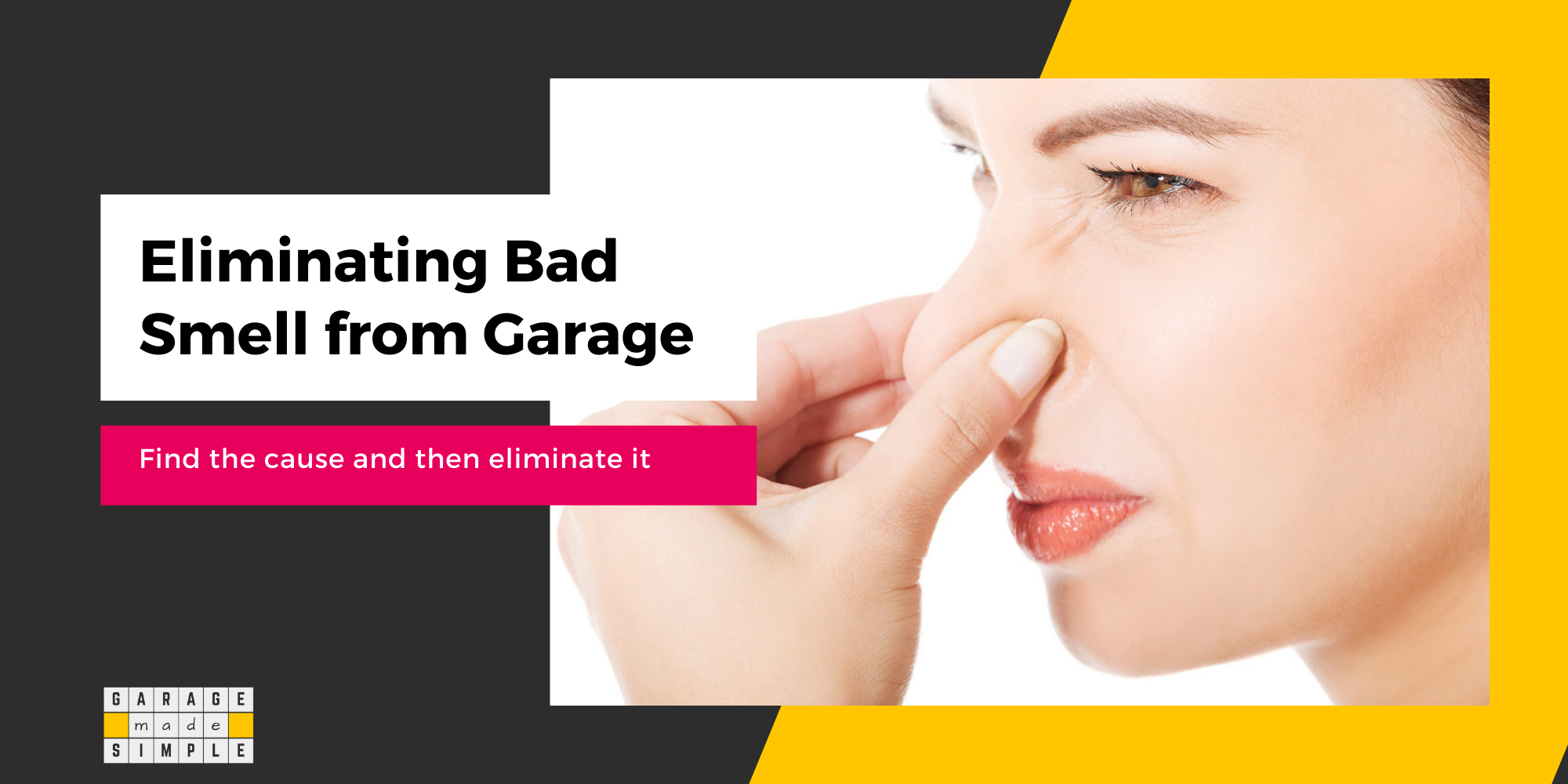How To Seal Garage Door Gaps? (9 Effective Ways To Stop Water Entry!)
garagemadesimple.com is a participant in the Amazon Services LLC Associates Program, an affiliate advertising program designed to provide a means for sites to earn advertising fees by advertising and linking to Amazon.com . The website is also an affiliate of a few other brands.
How To Seal Garage Door Gaps?
Do you find water from rain or snow melt getting into your garage through the door? You are not alone. This happens to a lot of us. The water is most likely getting in through the garage door gaps. So, how to seal garage door gaps?
You can make the seal on your garage door gaps more effective by replacing the bottom & threshold seal and the perimeter & door panel weatherstripping.
You can also stop water entry into your garage through the door by installing auto or wifi-enabled garage door openers and aprons with trench drains.
In this post I will tell you about 9 effective ways to stop water entry into your garage through the door. These are:
- 1. Garage Door Bottom Seal
- 2. Garage Door Bottom Threshold Seal
- 3. Garage Door Perimeter Seal
- 4. Garage Door In-Between Panel Seals
- 5. WIFI Smart Garage Door Controller
- 6. Concrete Garage Apron
- 7. Trench Drain across Driveway
- 8. Perimeter Drains
- 9. Water Barriers / Sandbags
But before we get into the solutions
Should a Garage Door Be Watertight?
A garage door should be watertight, so that water from the driveway does not flow into the garage and flood the floor. A garage is more prone to flooding because it is at level with the grade and has a very wide door.
Unwanted water on the garage floor will be detrimental to the floor paint and ultimately the concrete floor. Water seepage will cause cracks to grow wider. In case your garage is in a cold zone then the freeze-thaw cycle will add to your woes,
Water pooling on the floor can also be a safety hazard. The floor will be slippery. Oil & solvent spills will be spread across the entire garage floor due to water pooling, increasing the potential risk of slipping.
Any water on the garage floor will eventually evaporate. The moisture and increased humidity will cause metallic objects to corrode and even non-metallic objects to deteriorate faster.
High humidity in the garage also encourages growth of mold & mildew. They at the very least result in a garage that smells musty. Mold & mildew produce allergens and irritants.
Inhaling or touching mold or mold spores may cause allergic reactions in sensitive individuals.
EPA
Pests such as roaches, ants and spiders love a garage that has some water and the garage door seal has gaps. Makes it easy for them to get in and they can thrive as there is no shortage of water.
In a nutshell sealing garage door gaps are beneficial in more ways than one!
How Do I Stop Rain Water from Coming into My Garage Door?
Rain water can come into your garage through the door if
- Seals have worn out and the garage door has gaps
- Garage door has been left open accidentally
- Water diversion construction is absent or insufficient
There are 9 effective ways to stop water entry into your garage through the door.
1. Garage Door Bottom Seal
The Garage Door Bottom Seal is a U shaped flexible waterproof rubber or flexible grade vinyl strip that is inserted in an aluminum track at the bottom of the garage door. When the door closes, the Bottom Seal presses firmly against the threshold seal attached to the floor.
With the passage of time Bottom Seal can become hard & brittle or even develop cracks. This is enough to let water come into your garage.
As routine maintenance, clean the bottom of the Bottom Seal every now and then. This also gives you the opportunity of checking if the Bottom Seal is still in working condition. If not, just replace it!
Recommended Product: DGSL Garage Door Seals Bottom Rubber Weather Stripping Kit Seal Strip Replacement

2. Garage Door Bottom Threshold Seal
The Bottom Threshold Seal is fixed to the garage floor such that the Bottom Seal on the garage door rests on it, when the door is in a closed position. As both are made from flexible material, such as synthetic rubber or flexible grade vinyl, there are no gaps even if the floor is not completely even or level.
The garage door Bottom Threshold seal can get spoiled pretty fast if there is a lot of traffic. It’s just not the cars. You could be moving wheelbarrows or other hard items in and out of the garage.
As with the bottom seal, frequent inspection will let you detect if the bottom seal has any cracks or has become brittle. Replace the bottom threshold seal before the rainy season to stop rain water from coming into your garage from under the door.
Recommended Product: Universal Garage Door Bottom Threshold Seal Strip

3. Garage Door Perimeter Seal
The top or the two sides of the garage door need to be well sealed to stop rain from coming in the garage. This is done by using a weather stripping seal, which is made either from EPDM rubber or flexible PVC.
EPDM rubber is flexible, durable, weather proof, soundproof, and resistant to both high and low temperatures.
The weather stripping seal is very effective in keeping cold air, rain and snow out of your garage. High-quality and ultra-strong adhesive backing ensures the garage door top and side seal stay in place for a long time.
Recommended Product: Garage Door Weather Stripping Top and Sides Rubber Seal Strip

4. Garage Door In-Between Panel Seals
Most modern doors are well designed and the panels fit perfectly well with each other. However, with older doors you will find that the fit is not so good and there are gaps between the panels when the Garage Door is closed.
Garage door panel weather stripping is a V-shaped strip of silicone gel, vinyl or weather resistant rubber, with a strong adhesive on one side. The strips should be stuck to the bottom of each Garage Door section. The seal compresses and provides excellent weatherproofing.
TIP: Close your garage door and switch off all the lights in the garage. Can you see sunlight coming in from around the garage door or from between the panels? This is a good indicator that the the seals need to be replaced!
5. WIFI Smart Garage Door Controller
How many times did you forget to close the garage door because you were late for office? I am sure one time too many!
In case it rains while you are away and the garage door is open, garage door seals are not going to be much help. Your garage will surely get flooded.
Fortunately, technology is there to help. You should install a WIFI enabled smart garage door controller. The device that attaches to your existing garage door opener and connects to your mobile phone using WIFI.
Recommended Product: Remootio 2 WiFi and Bluetooth Smart Garage Door Opener
Key Features:
- Open and close your electric gate or garage door using the smartphone app. Works with most garage door openers.
- Connect via Bluetooth when WiFi is not available. Connect via WiFi and control your garage door from anywhere in the world.
- Sensor included. Check if your garage door is open or closed in the app. Get notifications when someone opens or closes your garage door. Share keys easily via QR code and check who operated your garage door.
- Ultimate security: 256 bit end-to-end encryption. Subscription-free app. 0$ per month. Share virtual keys with up to 20 people.
- Compatible with Amazon Alexa, Google Home, Siri Shortcuts, SmartThings, Apple Watch
6. Concrete Garage Apron
A concrete garage apron is a 2′ -6′ concrete slab placed in front of the garage door. It is used to transition the concrete or asphalt driveway onto the garage concrete floor.
A well designed apron continues the mandatory slope of the garage floor from the far end to the apron. A trough is created where the apron meets the driveway. The trough can trap rain water and snowmelt flowing down the driveway towards the garage door.
7. Trench Drain across Driveway
The trough between the garage apron and the driveway is necessarily shallow. It can trap only a limited amount of rain water. Moreover, the water will form an unsightly puddle. You need to install a trench drain to divert this water away from the garage door.
Traditionally these drains are wide and covered by steel grates. The steel grate covers help collect the water while preventing debris from flowing into and clogging the drain.
8. Perimeter Drains
The perimeter drains are different from the garage floor drains. The perimeter drains are in fact outside the garage and run around the entire perimeter of the garage.
Perimeter Drains (aka French Drains, aka Weeping Tiles) around your garage collect the groundwater when the water table rises and diverts it to a safe discharge point. They protect your garage foundation from damage and prevent groundwater from flooding the garage.
9. Water Barriers / Sandbags
The water barriers or sandbags can come in handy if you get unexpected torrential rains. Maybe, the trench drain is clogged and water from the driveway is threatening to enter the garage through the door.
Sandbags are easy to make from old bags. Fill them up with sand and keep them at a convenient spot in the yard. An easier and more convenient alternative is Quick Dam – QD1224-6 Water Activated Flood Bags.
The special features are:
- Water Activated Polypropylene Flood Bags
- Grows to 3.5in high in minutes once wet
- Compact & Lightweight, stores away until needed
- Use to control, contain & divert flood water
Thank you very much for reading the post. I do hope you found it informative and useful.







